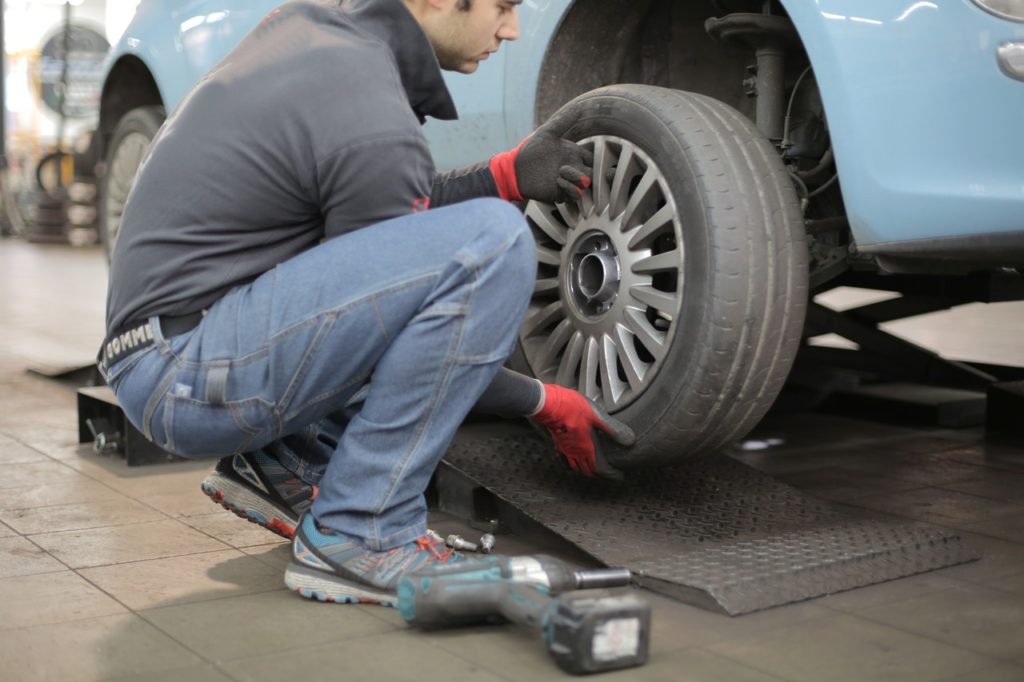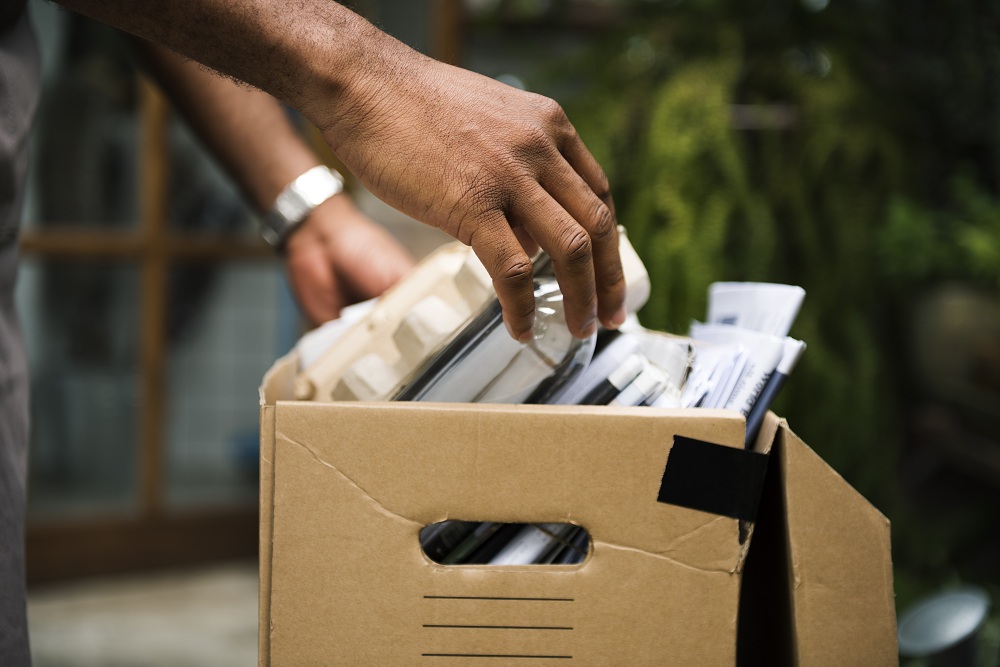We are staunch defenders of car care and maintenance, but we’ve noticed a trend among newbie car owners that only pay attention to their engines and keeping their interior clean. Sure, checking everything under the hood and making sure it’s all good to go is necessary, but don’t forget to pay attention to your tires as well.
While we hardly see them when driving, they’re just as important and also directly affect your driving safety and that of others when you’re on the road. So, today we’ll be running through a quick guide to routine tire maintenance and will be learning the basics of tire care.
Can’t I Go To The Nearest Service Center?
Yes, there is always the option of heading to the nearest service center to have your car taken care of by a professional. However, not everyone can afford this luxury, and not all people have easy access to an auto service center. It’s always better to have a good grasp on the fundamentals so you can do simple fixes and inspection by yourself without over-relying on the nearest service center.
#1 Double-Checking On Air Pressure
Number one on this checklist is double-checking your tire’s air pressure. Proper tire inflation is essential for your safety and your car’s economical operation, so you must ensure that it stays near the recommended pounds per square inch (psi). Under-inflation will cause your tire to wear more quickly and significantly decrease your gas mileage, costing you a lot of money in the process. It also puts other parts at the risk of excess wear and could potentially warrant a trip for brake repairs.
- Look At The Tire Placard: An excellent place to start is cross-referencing your tire pressure with the recommendations on the tire placard. This is usually found on the door jamb but can also be located in the glove compartment or gas tank filler door. Recommended tire pressure can also be found in the owner’s manual, so don’t throw it away.
- Don’t Forget The Spare Tire: While your four main tires take priority, don’t forget to double-check on your spare tire. You don’t want a spare tire that’s just going to put you in more danger, so don’t forget to include it in your routine tire maintenance.

#2 Understanding Tread Wear And Tire Depth
Number two; understanding tread wear and tire depth. Tire depth is defined as the vertical measurement from the top of the rubber down to the bottom, and this guarantees your car has traction and the ability to grip the road. Your tires should always have more than 2/32-inch of tire depth to be considered legally safe to drive on the road. You can get yourself a tread gauge or even use something as simple as a Lincoln penny.
- Different Weather Conditions: Tread wear happens naturally, but different weather conditions require a much stronger grip on the road and can increase the rate at which wear and tear happens. Especially with snowy and wet conditions, you’ll want at least above 4/32-inch of tire depth to stay safe.
- Rotate The Tires: Front and rear tires experience different rates of tread wear, so as a good rule of thumb, you’ll want to rotate the tires every six or so months. This helps even out the wear and ensures there’s a good balance with your car.
#3 Inspecting For Potential Defects
Finally, take the time to inspect for potential defects in areas that often go under the radar. Since tires make contact with the pavement, it’s very easy for something sharp to puncture and damage the tire without you noticing. Also, many people ignore the valve stem, which can cause a tire blowout when broken or compromised. So, don’t cut corners and inspect every nook and cranny to ensure everything is safe and good to go.
Don’t Slack Off On Tire Maintenance
Tires are just as important as any other part of your car, so practice due care and do your tire maintenance regularly. Let this simple guide be your starting point, but feel free to get more comprehensive with your tire care.


